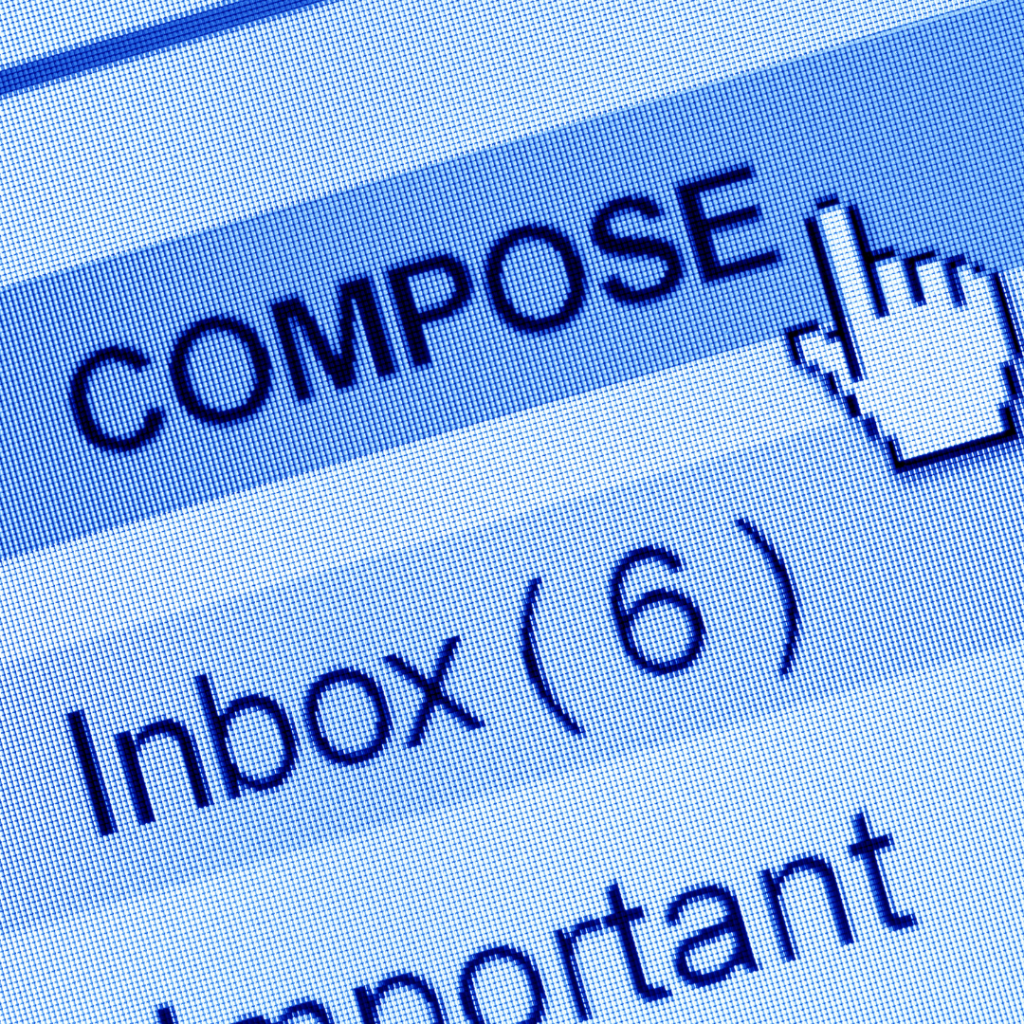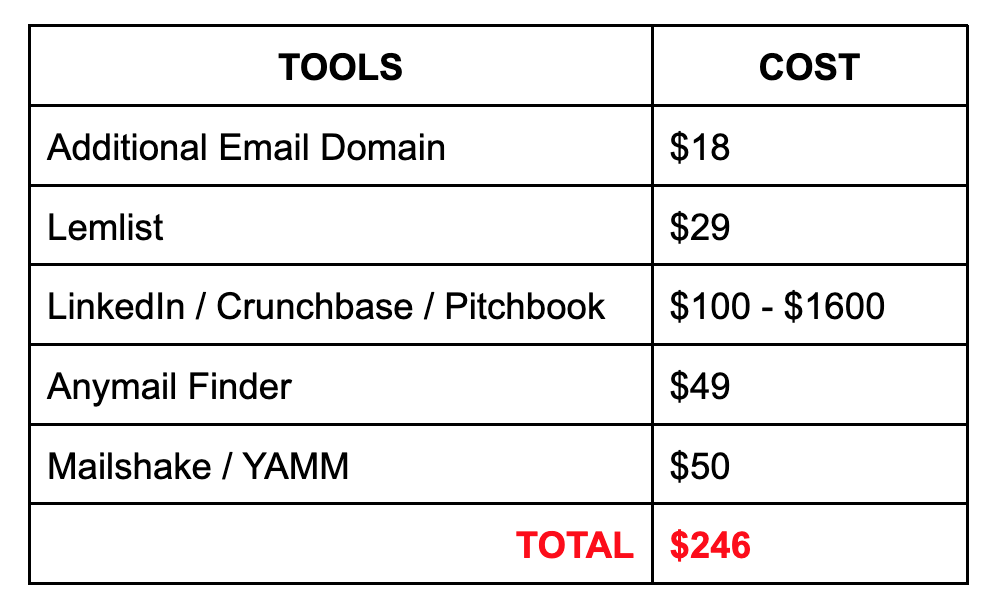
Cold email campaigns remain one of the scariest things I’ve ever done in my career. I say this because it requires that you engage directly with decision makers. This means trying to get the attention of extremely busy people as quickly as possible.
As someone who has spent a lifetime building and experimenting with sales funnels, closing a million dollars in sales, speaking directly to one person or a few people beats speaking to a thousand people for the same results. Low effort, high reward, sounds about right. Count me in but I guess you’re wondering how I came up with this
It all started at the beginning of 2020 when I shut down a business I ran for 4 years. I shut it down because I was running at a loss!
My e-commerce business was pulling in between ₦500,000 – ₦750,000 monthly. However, I was burning up money so fast because I was operating the pay-on-delivery model. I sent out about 6 products daily. 4 was always rejected and returned. The gamble to regain the logistic cost spent, gone, lost forever! Just before the pandemic hit, I gave up and decided it was time to channel my energy elsewhere.
Starting over was not new to me. I was sure I could handle whatever this new journey would throw at me.
How I Got Started with Cold Email
During the heat of the pandemic, the Naira was falling against the dollar at an alarming rate. I figured if I could earn in dollars or a more stable currency, it would be an effective cure for the headache of working and living in Nigeria. So what I needed to do was upgrade my skills and aim to serve the foreign market. Once I pull this off, the goal to earn more would be closer than ever. But what skill would set me apart?
If I could build something that allowed sales teams to avoid the headache of making the first contact and following up to set appointments, but rather focus solely on delivering the sales presentations, I would be a valuable asset to any sales team.
I buried my head in Ryan Diess’s “The Invisible Selling Machine” and Daniel Fazio’s YouTube Videos on Cold Emailing. Once I was through, I came up with a simple plan which broke into 6 actionable steps.
- Step 1: Identify a need decision makers struggle with.
- Step 2: Compose an outreach message template to discuss solving the need.
- Step 3: Identify a traffic source where one can find these decision makers.
- Step 4: Send the decision makers the outreach message.
- Step 5: If and when they respond, set up a meeting to give a sales presentation.
For me, the goal was NOT sales, it was setting up a meeting with decision makers.
Tools I used for Cold Email Campaigns
These are some of the tools I learned to use as a cold email specialist
LinkedIn Sales Navigator: I used this tool to find profiles of decision makers with a workforce of between 10 – 50 employees.
Anymail Finder: I used this tool to find the official email addresses of these decision makers.
YAMM: I used this tool to send bulk personalised emails to these decision makers. I also used it to track email opens, clicks, responses and bounces.
Google Workspace: I used this tool because of Google Meet (to host the webinars) and Gmail for business features.
Lemlist: I used this tool to warm up the domain name and email. Doing this ensured my email would stay out of the spam folder.
My First Cold Email Campaign
Once I was through the learning phase, the real struggle began. Who would hire me? I did not have any experience. Which foreign company would allow me to use them to learn? I decided to launch my first cold email campaign by myself. Doing this would give me the experience I wanted so badly. On October 12th, 2021, using a simple email template, I carried out the following activities:
- Collated a list of 100 US-based businesses;
- Researched on the CEOs and Founders of these businesses;
- Compiled a list of their email addresses; and
- Sent 80 personalised emails;
The results I achieved:
- 57 opened the emails;
- 4 responded;
- 0 scheduled meetings; and
- 0 sales.
The progress marker was clear. Email open, email responses and appointments scheduled.
My open rate was 71%, the response rate was 5% but I still had a major hurdle to cross; successfully scheduling presentation meetings. Despite this, I felt confident and ready to put myself out there, execute the much I had learned, with a goal to learn the rest on the job.
Here is a tweet where I shared the results of my first 30 days, cold emailing.
My Experience as a Cold Email Specialist
Because the skill I had acquired had to do with sales, I began applying for remote job roles in sales with foreign companies. In December of 2022, I was offered the position of sales lead with talent outsourcing firm. They specialised in outsourcing talent from Eastern Europe and Africa to companies in Silicon Valley and Western Europe.
I had 90 days to set up and test cold emailing to sign on new clients. When my probation period was over, I noticed some progress but it was NOT enough for the organisation to keep me on payroll. Based on this experience, cold emailing as part of the sales strategy, especially for B2B startups may not be as effective. Here are my top three reasons why.
High expectation, no blueprint
When compared to other sales strategies, cold email sounds like the perfect plan because it promises high reward for low effort. Email a couple of decision makers, follow up until they set an appointment to see a presentation, do the presentation, follow up and eventually close the sale. The part often left out is testing several outreach messages for the best performing one, discovering the target audience most likely to respond to your message and testing and tweaking the follow up messages.
In the startup space where it seems like achieving great results in the shortest time possible is the norm, cold emailing feels like a great option. But I believe it is important to never forget how new the startup space really is. The possibilities tech offers are still being discovered.
This means that there is no blueprint or guide on how to get the job done. There is still a lot of testing, tweaking and re-iterating going on. This knowledge applies when it comes to selling these solutions or even starting a new business. However, with startup founders like Mark Zuckerberg and the Google duo who achieved great results with never-seen-before innovations, the expectation of startup founders, on an average, can be unrealistic.
Unreasonable Probation Period
Once I started the job, I began researching and asking questions about the company’s target audience, market size, the type of lingo used, their interest, what successes or failures they had experienced before I came on board. All this information was to serve as data that would help me with knowing who to target, where to find them and what to say to them. Without this, marketing and sales is an impossible task.
A majority of the startups I’ve worked with are eager to achieve sales right away but are not so willing to understand the processes that need to be in place to get it done. Without an understanding of what needs to happen before a sale is made within an organisation, setting probation periods for a sales personnel is ridiculous. The chances that a fresh organisation will have all these systems in place is most likely ZERO. It’s even worse for an organisation who doesn’t document and analyse steps taken to achieve sales.
During my brief experience, there were hardly any answers to my questions within the organisation. This is NOT a bad thing. All I had to do now was test more stuff and come up with the answer myself. I was ready to do this but the company did not have the luxury of time.
High Setup and Recurring Cost:
To execute cold email campaigns, there are various tools needed. These tools are all subscription based. Here is a back-of-the-envelope breakdown of tools needed.

Did you know sending cold emails puts your domain at a high risk of being blacklisted? This is why businesses are encouraged to set up an additional email domain name exclusively for cold emailing.
For startups who are bootstrapping or on a budget, this monthly $246 subscription fee quickly adds up, especially when there is no result. I remember executing this strategy for a ‘Mom and Pop’ software company in Lagos. Less than a month into it, the CEO screamed at me, “this strategy is clearly NOT working”! Here are the facts. I set up and had 2 meetings, but no sale came in. What we needed to do was examine what was being done and said during the meetings.
The path to sales is logical not magical. Certain conditions must be met and specific activities need to take place. Done right, cold emailing gives one the opportunity to skip the gatekeepers and get a seat at the table of the right person you should be talking to.
Don’t forget to subscribe to my blog where I share marketing and sales insights from my experience as a marketing and sales personnel.

1 thought on “Why Cold Email is NOT an effective Sales Strategy”